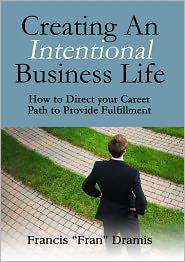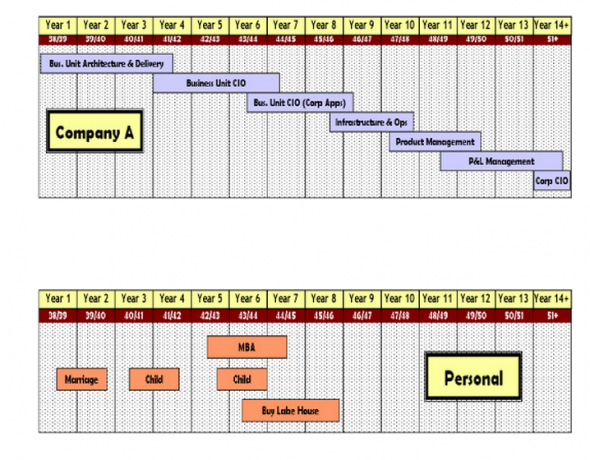As a Humphrey Fellow I would suggest to include Francis “Fran” Dramis’ book Creating an Intentional Business Life in the list of a “must read books” two times over the program – at the beginning and at the end; plus – to come up with two Career and Personal Planning Charts.
Francis “Fran” Dramis’ book Creating an Intentional Business Life is one of the most interesting books about life/career management I have ever read. Why? Because his idea is original and at the same time very simple and clear.
The main idea of Dramis is that each of us should plan careers.
I finally asked the question … what if you could develop a life plan which – at the end of a business career – would have you feel like you controlled where you were going?
Well, maybe it is not a new point, but the new aspect Dramis suggests, is that we should plan our careers not from the beginning, but from the end of it. He calls it the End of Career Paragraph.
Getting control of your life and career is back-ward process rather than a forward one.
The main question Dramis offers us to raise while starting to plan our careers is how we imagine our last day at work, et the end of the career, before retirement – at what age, at which position, with what achievements behind, etc. This is the point were, we, according to Dramis, should start planning our careers. When one has a clear vision of the own the End of Career Paragraph, he or she can analyze what people did to achieve that: analize their biographies, experience, achievements, etc. This can give an understanding of how to achieve the End of Career Paragraph.
If you reading this book, you must have some concerns about where you are in your career. Try to write your end-of career paragraph, and see what it looks like.
The last step while planning a career, according to Dramis, one needs to divide the life into 3-year segments and, with the examples of other people’s careers, to decide what should goals should be achieved during each period.
In my life, I have discovered that if a business professionals is going through the process of acquiring skills, taking a new job, pursuing a new career, etc., his or her business life is normally patterned into 2- to 3-years segments. The first year is your learning period, the second year is when you implement your contributions and your changes, and part of the third year is the time you evaluate your results and achievements.
This segmentation should be used in personal life planning as well.
In creating your life plan, you must also look at your three-year segments in terms of what activities you will want to accomplish in your personal life.
At the end of the panning process we just have to develop a Career and Personal Planning Chart and try to implement it.
Dramis’ main idea is that we make decisions about our life journey, not somebody else. At the same time, planning is very effective way to actually achieve goals and plan time.
The overall benefit of the life-plan process is that the answer to the question of “what do I do next?” is clearly revealed.
On the other hand, there is one important question – do everybody really wants to put his/her life in a frame of segments and planning?
P.S. The story was first written in September of 2014 and modified in April 2015.



